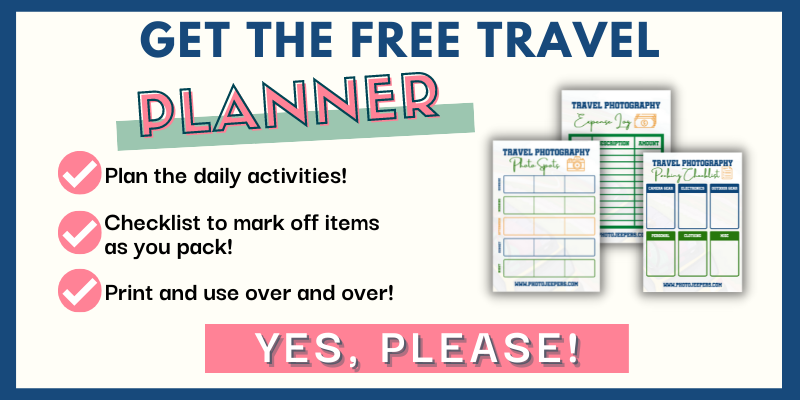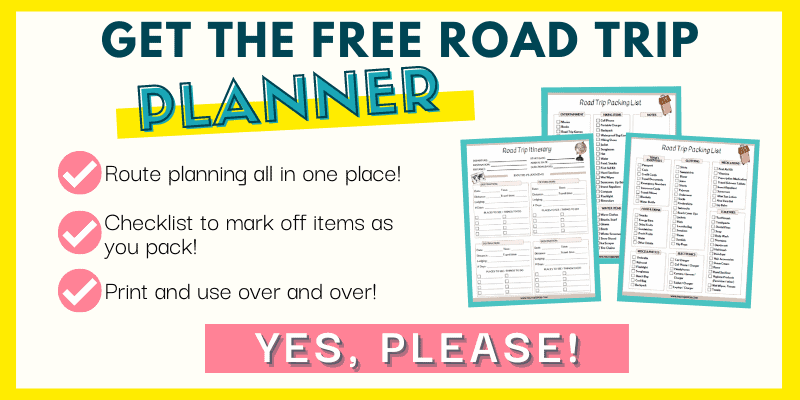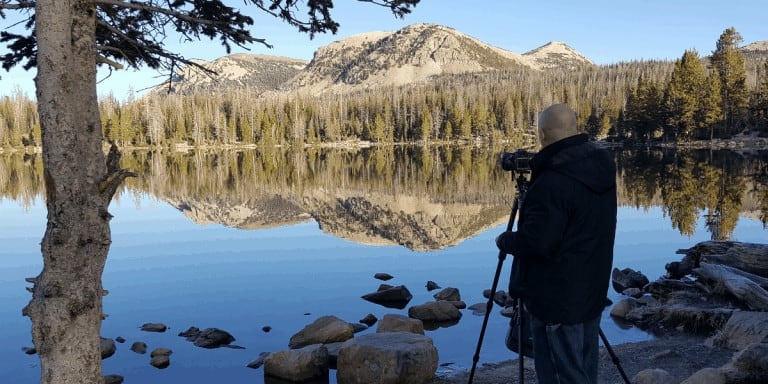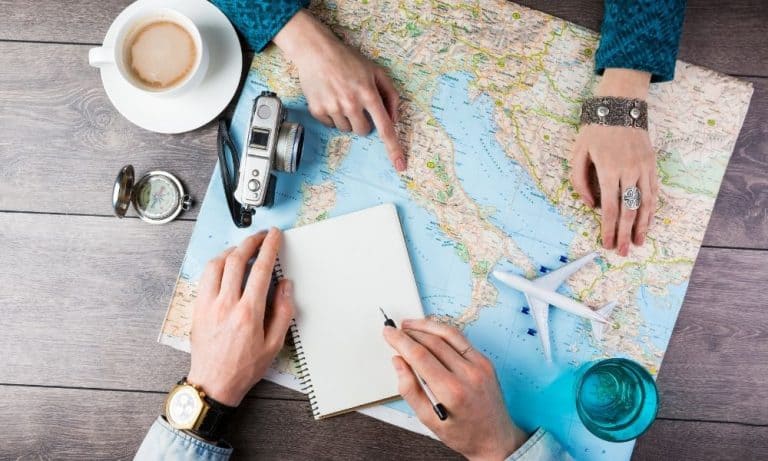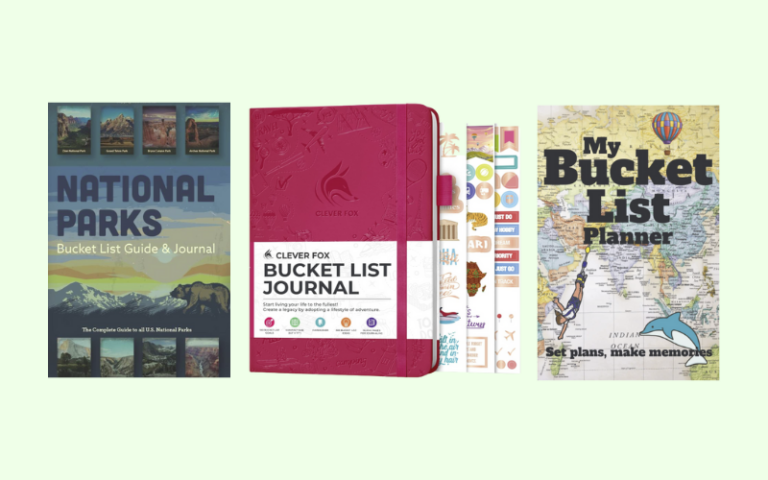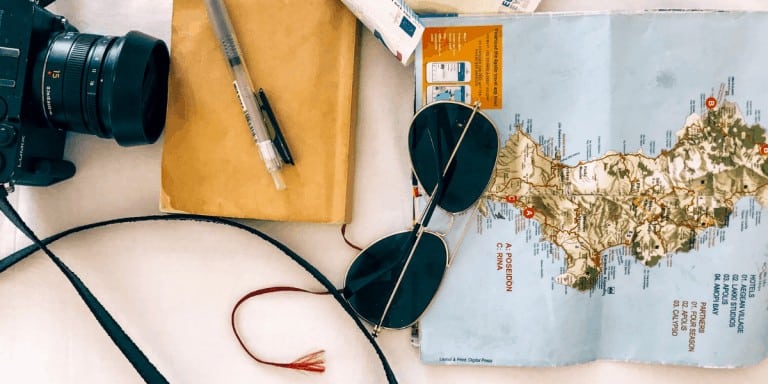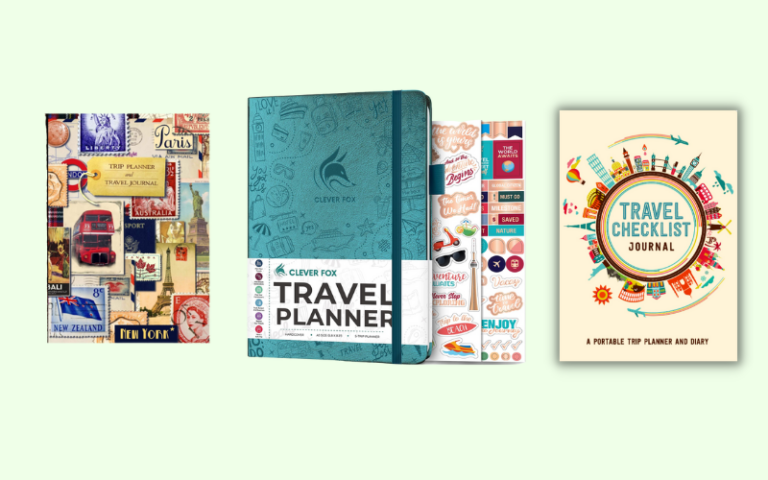Travel Planning Checklist: 10 Essential Steps
It’s important to use a travel planning checklist to help you stay focused and organized from start to finish.
Here are 10 Travel Planning Tips we use to that include: selecting the destination and travel dates; booking the flights and accommodations; setting a budget; and more!
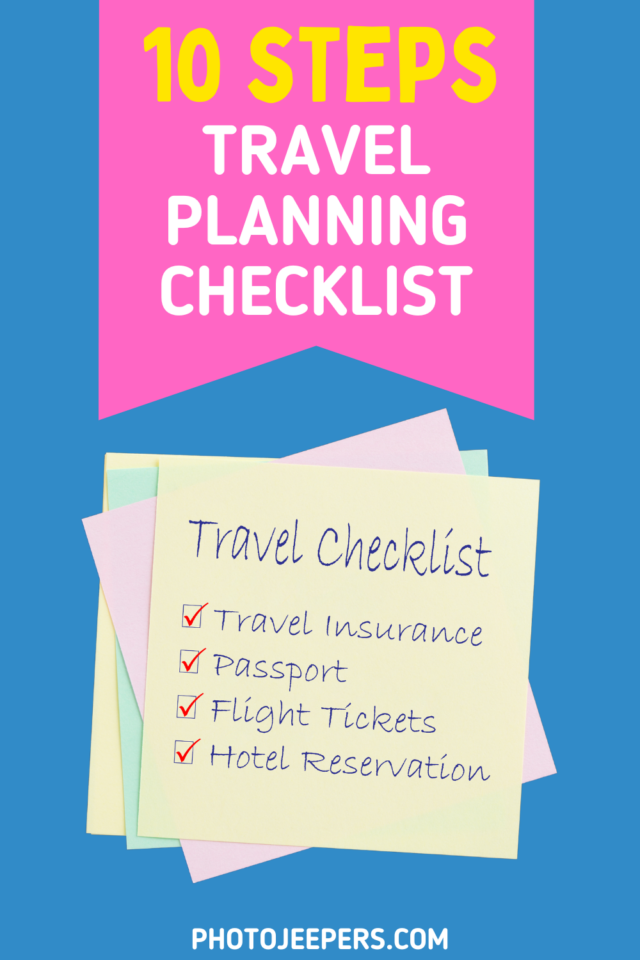
Plus you’ll find US vacation ideas, printable packing checklists, travel snack ideas, and more!
Planning a trip can be a daunting task, but it doesn’t have to be. With the right travel planning checklist, you can make sure you’re prepared for any adventure.
With this guide, you’ll never forget an important item or overlook an important detail again!
This site contains affiliate links which means WE may receive commissions for purchases made through these links. We only provide links to products we actually use and/or wholeheartedly recommend! As an Amazon Associate, we earn from qualifying purchases. Read the full Disclosure Policy.
Travel Planning Checklist: 10 Important Steps
From booking flights and hotels to researching destinations and packing the right items, having a comprehensive checklist is essential for any traveler.
Here are the 10 steps we recommend for planning your next vacation!
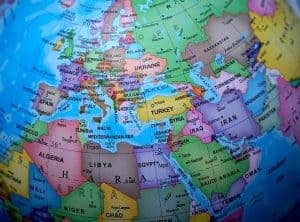
1. Select The Destination
Many people have a bucket list of places they want to visit. Create a list for yourself and highlight your top choices.
The remaining steps on this list will help you research things like the best times to visit and estimate the cost of all travel-related expenses for your dream destinations. This will help you narrow down which trip is best based on the various parameters.
TIP: If you are flexible, the best way to travel on a budget is to take advantage of online deals.
You can get discounted package deals to amazing locations if you aren’t constrained by certain travel dates, or set to visit a certain location. Also, last-minute deals can save you even more, but you have to be available to travel on short notice.
CHECK OUT: US Travel Destinations we recommend!
- USA Road Trip Bucket List Ideas
- California Bucket List Ideas
- Oregon Bucket List Ideas
- Utah Bucket List Ideas

2. Finalize the Dates
The hardest part of planning a trip is determining the dates of travel. Many travelers only have a set amount of time and must plan around breaks from school or slow times at work.
Once you know the number of days allotted to the trip, remember to calculate travel time for getting there and back. This will let you know how many days you have to spend at the destination.
The dates you select will influence where you can travel at that time. For that beach getaway in the winter, find locations that have summer weather during your winter.
If you have a specific destination in mind, but don’t want to travel during peak season, you will need to plan your dates around that time.
When your travel must be planned around specific dates, there will always be unique experiences for any time and season.
Remember, if your dates and destination are flexible, take advantage of online deals.
- Spring Vacation Ideas
- Summer Vacation Ideas
- Fall Vacation Ideas
- Winter Vacation Ideas
- Best US National Parks to Visit by Month

3. Research the Costs
Determine the style of travel you want for the trip. Will you fly, drive or take a train? Will you camp or stay in a luxury resort? How often will you eat at restaurants? For local travel will you rent a car, use taxis or walk? What tours or excursions will you do?
Account for the various expenses for each part of the trip.
Documentation & Vaccinations – What documentation and vaccinations do you need for each location? Timing is everything when it comes to these items.
Transportation – Consider airfare, airport parking and transfers, train ticket, rental car, fuel expenses, taxi, subway, etc.
Accommodation – The key is finding the type of accommodation that best suits your needs without overextending your funds. If you’re traveling with a big group, renting a condo can sometimes be less expensive than renting several hotel rooms. Condos include cost-effective amenities like kitchens and refrigerators which reduce meal expenses. Find hotels that offer a continental breakfast every morning which accounts for one less meal each day.
Food – Except for all-inclusive resorts where meals are bundled with your room rate, you’ll need a generous budget for food. Include gratuity into the cost of eating at restaurants. Cut the food budget, and eat healthier meals, by using the fridge and microwave in your hotel room to prepare ‘almost home cooked meals’. Remember to include the expense of snacks and drinks. Take an extra banana or muffin from the free continental breakfast and save it for later. If you have a fully equipped kitchen in a condo, budget for groceries the same way you would at home.
TIP: Purchase drinks and snacks at local supermarkets instead of a hotel shop or gas station, prices are lower and they offer more healthy food options.
- Road Trip Snacks and Food
- Healthy Road Trip Snacks
- Road Trip Snacks for Adults
- Road Trip Snacks for Kids
- Portable Travel Snacks

4. Book Your Flight
There are many so many tips for finding cheap flights. I’ve summarized my favorites here.
Sign Up for Email Alerts – Prices change as much as 3 times per day. Sign up for newsletters and deal alerts at the airline website or social media page to find out about sales in advance. Also consider signing up for price alerts to monitor a particular flight route and see when the price fluctuates to ensure you book at the cheapest price.
The best time to buy – Yes, you can play the waiting game and follow the research that suggests you book flights 47 days, that’s 7 weeks, in advance to get the best price (with the exception of flash sales and deals). But I suggest that if you know you have a set itinerary, and can’t be flexible with dates or location, it really is best to book your flight immediately.
Book ASAP for Holiday Travel – Travel during a peak holiday season is serious business. Book your airline tickets immediately. Do not wait! Seriously.
Travel on Tuesdays, Wednesdays and Saturdays – Flying mid-week is usually the cheapest time of the week to fly. Sundays are typically the most expensive day to fly.
Buy on Tuesdays and Wednesdays – Mid-week is known to be the best time to purchase airline tickets.
Use recommended resources – Use a booking company you know is reputable.
TIP: Save money by searching multiple booking sites and comparing flight prices. Your favorite site may not offer the best deal.

5. Book Your Accommodations
The type of accommodation you select is based on how much you are willing to pay and the level of comfort you want. Options include hotels, hostels, rental apartments/condos (VRBO and Airbnb), B&Bs, campgrounds and more.
Start with your preferred search site, research two or three other websites, and finally check the hotel’s website or call as hotels will often match rates.
READ THE REVIEWS.
TIP: Only spend 30 minutes of your time booking a hotel. The price variation between sites isn’t worth hours of your time trying to save a dollar or two. The larger booking sites have their own loyalty reward programs. If you consistently use one site, the rewards might be worth it to stay with that site, even if it isn’t the cheapest option.
We like to use Hotels.com because of their book 10, get 1 free program.
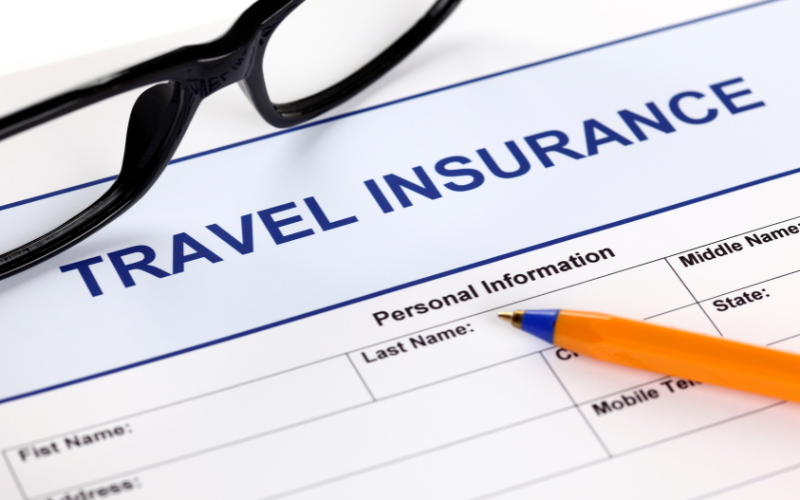
6. Buy Travel Insurance
The decision to buy travel insurance is based on these 2 factors: financial risk and medical concerns.
Are you concerned about losing money due to canceled trips, interrupted trips, lost bags, delayed trips, or medical expenses?
Are you leaving your home country where your insurance from home won’t cover you for accidents?
We recommend reading Travel Insurance Review to get a better understanding of travel insurance and the many coverage options. Do your research on the various companies to help you select the company and plan that meets your needs.
TIP: Don’t waste money and be over-insured when travel insurance is unnecessary. BUT you’d be surprised what types of situations arise where travel insurance would be VERY helpful.
MUST-READ stories why travel insurance is a good idea!
3 situations when Travel Insurance is NOT necessary
Last-minute domestic trips: Since you have not pre-paid any non-refundable trip costs, you are not concerned with trip cancellation or interruption coverage.
Since you are within the U.S., your health insurance plan will cover you for any emergency medical situations.
Buying travel insurance would give you coverage for lost baggage and travel delays, but these coverages alone might not be worth the cost of a plan.
Cheap domestic trips: When you get a super deal on your flight and you’re staying with family members, you don’t have much money at risk.
Travel insurance is best used when your pre-paid and non-refundable expenses are more than you are willing to lose.
Again, you are missing out on coverage for baggage and delays, but these coverages alone might not be worth it.
If you can afford to lose your pre-paid trip expenses: If you can afford to lose the money, skip the insurance.
As stated above, travel insurance is best used when your pre-paid and non-refundable expenses are more than you are willing to lose. If you only have a few hundred dollars at risk, you can afford to ‘self-insure’ this risk.
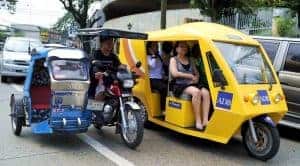
7. Research Local Transportation
Before you arrive at your destination, know how you will get from the airport to where you are staying.
A shuttle bus is a good value for being dropped right at your doorstep.
A cab will take you right where you need to go but is more expensive if you don’t have 3 or more travel companions.
Public transport can often be the cheapest, but not always the easiest to map out the bus or train route in addition to walking directions to your hotel from the stop.

8. Plan Your Itinerary
This is the FUN part! Create your itinerary to match your travel style.
Do you enjoy getting to know a location by visiting museums and historical points of interest? Do you prefer adventure activities like hiking, scuba diving and bungee jumping? Are you interested in the photography opportunities?
Customize the itinerary based on the time that would be required for the places you visit.
Search for activities and tours online. We use sites like Viator and TripAdvisor to see what activities are offered in the city we are visiting.
Sometimes it may be cheaper to book directly with the tour company. Once we know the activity we want to do, we then Google search, for example, ‘river rafting in Moab’. This will list the local companies that offer that activity so we can compare prices.
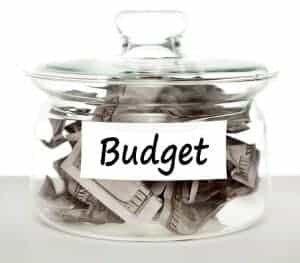
9. Create a Budget Plan
Calculate the costs for each destination based on the items above. There is usually one that is best based on travel style, available dates and cost.
If you have the estimated cost available to pay for the trip now, book it! If not, make a budget plan.
Divide the total cost of the trip by 6. Is that an amount you could set aside monthly? If so, that’s your six month budget. If you need a little bit more time, divide that total cost by 12 for a lower monthly savings to take the trip in one year. If you’ve planning a vacation where you really want to splurge, you may need to divide the total cost by 24 to give yourself two years to save.
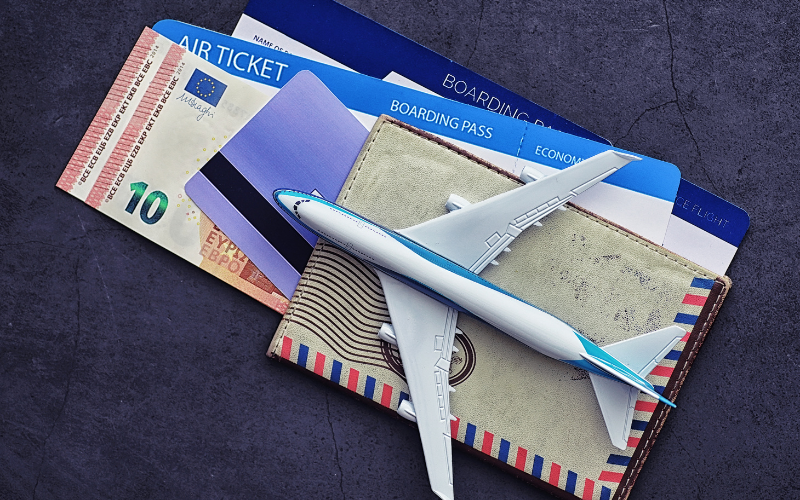
10. Save Multiple Copies of Documents
It’s always a good idea to have printed, scanned/photographed and email copies of your documents and reservations.
There may be times you can’t access information on your device due to poor connectivity.
Important documents include your passport, travel insurance card, tickets and confirmations of your bookings.
Follow this list to help you stay organized as you plan your next adventure!

